-73%
Comprehensive Guide to Pediatric Pulmonology and Sleep Medicine: A Second Edition of Expertise
Foundation of Pediatric Pulmonology and Sleep Medicine
This comprehensive guide delves into the foundational principles of pediatric pulmonology and sleep medicine, including detailed explanations of:
- Anatomy and Physiology: The intricate structure and function of the respiratory and sleep systems in children.
- Physical Examination: Expert techniques for assessing respiratory and sleep concerns.
- Pulmonary Testing: Non-invasive and invasive procedures to evaluate lung function and detect abnormalities.
- Imaging: Advanced imaging modalities for visualizing the respiratory system and detecting pathologies.
- Bronchoscopy: A specialized technique for inspecting and treating the airways directly.
Allergic Conditions
- Bronchopulmonary Aspergillosis: An allergic fungal infection affecting the lungs and airways.
- Hypersensitivity Pneumonitis: An inflammatory response to inhaled antigens from mold, bacteria, or other sources.
- Eosinophilic Pneumonia: A rare condition characterized by the accumulation of eosinophils in the lungs.
- Asthma: A chronic airway disease causing inflammation, wheezing, and difficulty breathing.
Anatomical Disorders
- Congenital Abnormalities of the Upper Airway: Structural defects in the nose, pharynx, or larynx that obstruct breathing.
- Congenital Lung Anomalies: Malformations of the lungs that can impact their development and function.
- Chest Wall and Spinal Deformities: Conditions that affect the shape of the chest or spine, leading to respiratory difficulties.
Upper Airway Infections
- Croup: A viral infection causing severe hoarseness, coughing, and difficulty breathing.
- Epiglottitis: A life-threatening bacterial infection of the epiglottis, a flap that covers the larynx during swallowing.
- Bacterial Tracheitis: A bacterial infection of the trachea, the main airway leading to the lungs.
Lower Airway Infections
- Bronchiectasis: A chronic condition marked by abnormal widening of the airways, leading to mucus accumulation and infections.
- Bronchiolitis: A viral infection of the small airways in the lungs, causing wheezing and difficulty breathing in infants.
- Viral Pneumonia: An infection of the lungs most commonly caused by viruses, including COVID-19.
- Nonviral Pneumonia: Pneumonia caused by bacteria, fungi, or other nonviral organisms.
- Complications of Pneumonia: Severe conditions such as pleural effusion, empyema, and lung abscess that can result from pneumonia.
- Recurrent Pneumonia: Repeated episodes of pneumonia, often associated with underlying medical conditions.
- Tuberculosis: A contagious bacterial infection of the lungs that can be life-threatening.
- Nontuberculous Mycobacteria: A group of bacteria that can cause lung infections, often in immunocompromised individuals.
Noninfectious Pulmonary Disorders
- Atelectasis: Collapse or underinflation of the lungs, which can occur due to various reasons.
- Respiratory Disorders Associated with Systemic Inflammatory Diseases: Lung problems linked to conditions such as lupus, rheumatoid arthritis, and inflammatory bowel disease.
- Interstitial Lung Disease: A group of diffuse lung diseases characterized by inflammation and scarring of the lung tissue.
- Bronchopulmonary Dysplasia: A chronic respiratory condition in premature infants caused by lung damage due to mechanical ventilation.
- Pleural Effusion (Noninfectious): Fluid accumulation in the space surrounding the lungs.
- Pneumothorax and Pneumomediastinum: Conditions characterized by air accumulation in the pleural space and mediastinum, respectively.
- Pulmonary Hemorrhage: Bleeding into the lungs, which can be caused by a variety of underlying conditions.
Pediatric Sleep Medicine
- Sleep Development and Maturation: The normal stages and patterns of sleep as children grow and develop.
- Obstructive Sleep Apnea: A condition where the airways become blocked during sleep, causing breathing interruptions.
- Home Sleep Testing: Noninvasive methods for diagnosing sleep disorders in children.
- Sleep-Related Movement Disorders: Conditions such as restless legs syndrome and periodic limb movement disorder that disrupt sleep.
- Insomnia: Difficulty falling or staying asleep.
- Parasomnias: Abnormal behaviors that occur during sleep, such as sleepwalking and night terrors.
- Narcolepsy and Other Disorders of Excessive Somnolence: Conditions characterized by extreme daytime sleepiness.
- Sudden Infant Death Syndrome and Brief Resolved Unexplained Events: Conditions involving sudden death or unexplained episodes in infants.
- Congenital Central Hypoventilation Syndrome: A rare condition where infants have difficulty breathing due to an underdeveloped respiratory center in the brain.
maybe you like these too:
- Biology of Sleep, An Issue of Sleep Medicine Clinics (The Clinics: Internal Medicine) (Original PDF from Publisher)
- 2016 National Sleep Medicine Course Bundle (Videos)
- The SALAD Technique Suction-Assisted Laryngoscopy (with simultaneous) Airway Decontamination (Videos)
- Sleep and Anesthesia, An Issue of Sleep Medicine Clinics, 1e (The Clinics: Internal Medicine)

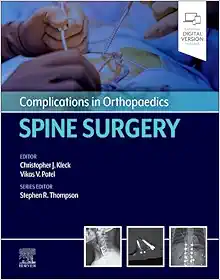
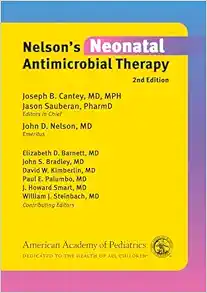
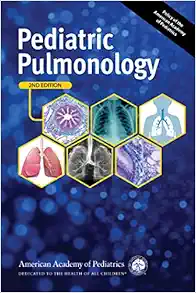

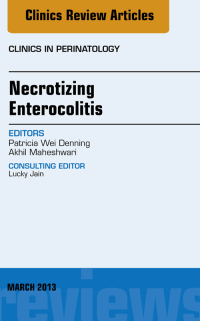
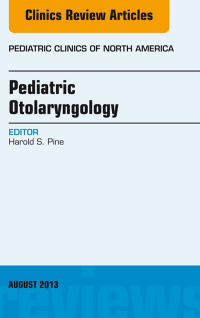
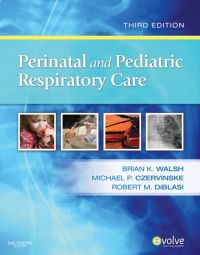
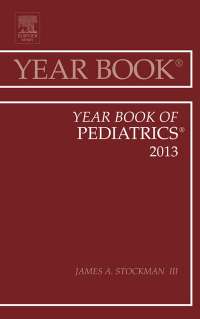
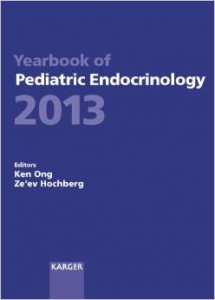
Reviews
Clear filtersThere are no reviews yet.